Bolsa Empreendedorismo – Intercâmbio com Rice University (EUA)
A Agência USP de Inovação, responsável pela Bolsa Empreendedorismo, acaba de divulgar diversas oportunidades de projetos de intercâmbio com a Rice University, uma instituição de ensino do estado do Texas (EUA).
Abaixo estão dispostas as possíveis áreas de pesquisa, sendo que os alunos interessados deverão enviar e-mail para Mayra Onuchic monuchic@rice.edu / mho1@rice.edu , Program Manage, com o assunto “Bolsa Empreendedorismo”, citando a área de interesse.
Áreas de Pesquisa:
1 – Anatoly Kolomeisky – Professor, Chemistry, Chemical & Biomolecular Engineering, Associate Chair for Graduate Studies Chemistry ;
Number of students = 1
Possible research areas:
• Understanding mechanism of collective behavior of motor proteins;
• Dynamics of protein-DNA interactions;
• Multi-particle non-equilibrium phenomena;
Â
2 – Randy Hulet – Professor of Physics Physics and Astronomy;
Number of students = 1;
Possible research areas: We study atoms cooled to the ultra-low temperature regime of a few nano-Kelvin. We have two main thrusts: 1) strongly correlated fermion physics and 2) matter wave solitons of attractivelyinteracting bosons. In the first area, we emulate an electronic material using optical lattices to study high-temperature superconductors. In the second area, we confine a Bose-Einstein condensate to 1 dimension to better understand the nonlinear dynamics of solitons.
Â
3 – Pedro Alvarez – Professor of Materials Science and NanoEngineering; Civil & Environmental Engineering;
Number of students = up to 2;
Possible research areas: Nanotechnology-enabled water treatment / Remediation of sites contaminated with hazardous materials;
Â
4 – Erez Lieberman Aiden – Assistant Professor , Department of Genetics – Baylor College of Medicine Adjunct Assistant Professor of Computer Science – Rice University;
Number of students = up to 3;
Possible research areas: How genome folds inside the nucleus of a cell.
Â
5 – José Nelson Onuchic – Professor of Physics, Co-Director: Center for Theoretical Biological Physics, Professor Of Chemistry + BioSciences Physics and Astronomy;
Number of students = up to 2;
Possible research area: Theoretical physics has an increasingly essential role to play in understanding the set of interwoven complex phenomena that constitute living systems. The Center for Theoretical Biological Physics (CTBP) has long had a critical role in creating this new reality. CTBP vision is that we can combine our increasingly sophisticated understanding of biomolecule-based information processing in cells and tissues with recently developed concepts of self-organization by active materials to create a new paradigm of living systems as smart matter.
Â
6 – Rebecca Richards-Kortun – Professor of Bioengineering, Prof of Elec & Comp Engr, Special Adviser to the Provost, Director of Rice 360: Institute for Global Health Technology Bioengineering;
Number of students = up to 2;
Possible research area: Early cancer detection: To improve early detection and prevention of cancer, we are developing a new generation of high-performance, low-cost, optical imaging technologies. These technologies enable in vivo imaging of tissue with subcellular resolution, allowing immediate diagnostic evaluation at the point of care. We work with clinical collaborators to translate these technologies to clinical settings in the United States and elsewhere in the world (including Brazil) for early diagnosis of oral cancer, esophageal cancer, and cervical cancer. Point-of-care diagnostics: We are developing molecular specific contrast agents, optical microfluidic chips, and rapid diagnostic tests to improve point-of-care detection of infectious diseases in low-resource settings. Applications include tests for tuberculosis, malaria, HPV, sickle cell anemia, and sepsis, as well as tests to evaluate complete blood count, hemoglobin, and bilirubin levels.
Â
7 – Francisco M. Vargas – Assistant Professor, Chemical & Biomolecular Engineering Chemical & Biomolecular Engineering;
Number of students = up to 2;
Possible research areas: Asphaltenes constitute the heaviest fraction of the crude oil, which can deposit during oil production, damage oil reservoirs, and clog wellbores and surface facilities. This can cause excessive downtime and high cleaning costs of the affected areas. There are several heavy oil reservoirs in Brazil with very high asphaltene contents. Understanding the behavior of asphaltenes in these heavy crude oils is necessary for the oil production as well as the process of the crude oil in the downstream refinery. Our research work contributes to have a better understanding of the mechanisms by which asphaltenes precipitate and deposit and to develop better mitigation strategies and modeling tools to anticipate and prevent this problem.
Â
8 – Andre Droxler – Professor, Earth Sciences Earth Sciences;
Number of students = 2;
Possible research areas: Uniquely productive Microbial (reef) carbonate oil reservoirs have been discovered offshore Brazil in the past decade and, therefore, our research in Central Texas has triggered interests from oil and gas companies involved in the offshore Brazil exploration.
Assessoria de Comunicação – IFSC/USP





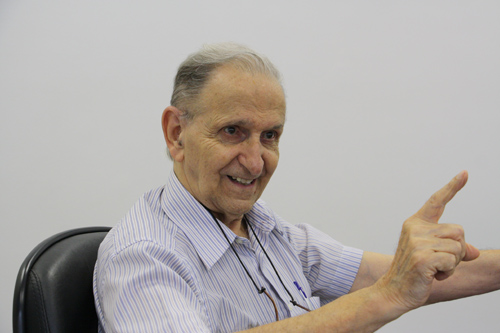
 O objetivo da Rede é estreitar a relação entre pesquisadores da comunidade paulista de astronomia, para fortalecer as pesquisas desenvolvidas nessa área, no estado de São Paulo, e aumentar a visibilidade desses estudos nos âmbitos nacional e internacional. A iniciativa também objetiva promover atividades que estimulem o desenvolvimento de instrumentação astronômica, bem como parcerias internacionais, haja vista que alguns pesquisadores que atuam no estado estão envolvidos em colaborações com outros países, como Chile, Estados Unidos e Argentina, nos projetos intitulados Giant Magellan Telescope (GMT), Large Latin-America Millimiter Array (LLAMA) e Cherenkov Telescope Array – CTA.
O objetivo da Rede é estreitar a relação entre pesquisadores da comunidade paulista de astronomia, para fortalecer as pesquisas desenvolvidas nessa área, no estado de São Paulo, e aumentar a visibilidade desses estudos nos âmbitos nacional e internacional. A iniciativa também objetiva promover atividades que estimulem o desenvolvimento de instrumentação astronômica, bem como parcerias internacionais, haja vista que alguns pesquisadores que atuam no estado estão envolvidos em colaborações com outros países, como Chile, Estados Unidos e Argentina, nos projetos intitulados Giant Magellan Telescope (GMT), Large Latin-America Millimiter Array (LLAMA) e Cherenkov Telescope Array – CTA.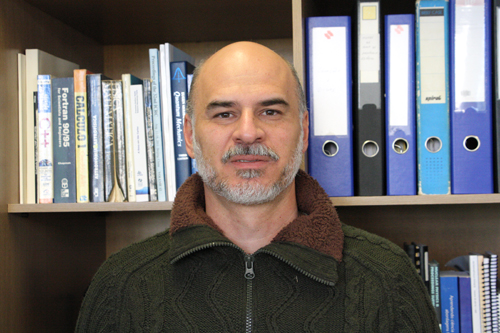
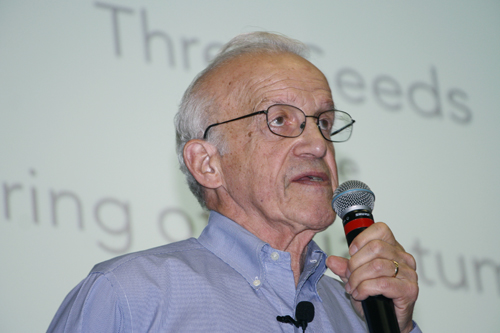
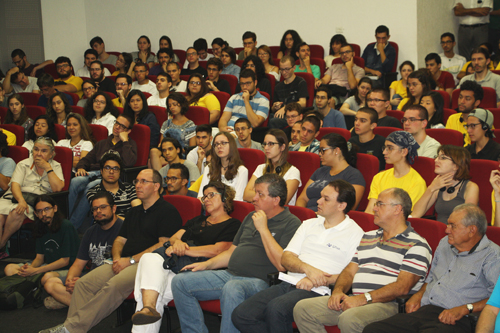

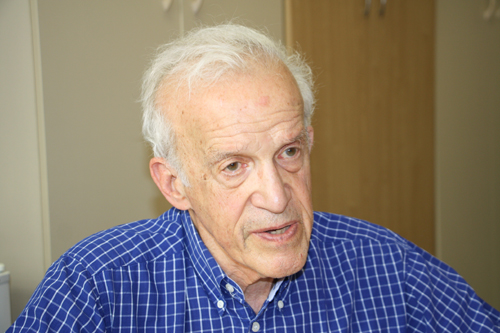

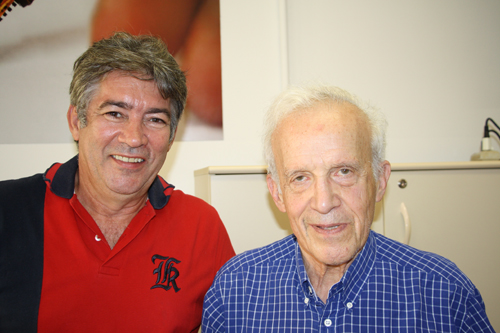
 Produzindo conteúdos a princípio somente relacionados à programação e neurociência, o ibope dos vídeos e o retorno dos colegas foram tão grandes que eles decidiram ampliar a temática abordada nos vídeos, mas sempre mantendo o mesmo objetivo: comunicar de maneira fácil e didática conteúdos científicos.
Produzindo conteúdos a princípio somente relacionados à programação e neurociência, o ibope dos vídeos e o retorno dos colegas foram tão grandes que eles decidiram ampliar a temática abordada nos vídeos, mas sempre mantendo o mesmo objetivo: comunicar de maneira fácil e didática conteúdos científicos.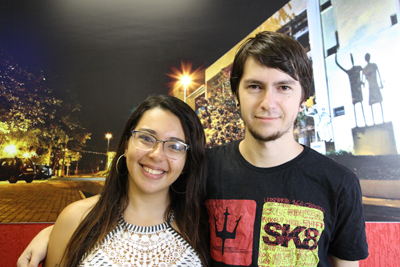 Em relação à motivação para criar e manter o projeto, é o próprio Caio quem responde à questão. “Há muito conhecimento dentro do IFSC. Porém, ele fica muito concentrado aqui dentro, então pensei em alguma ação que pudesse fazer com que esse conhecimento ultrapassasse nossas fronteiras”, afirma. “Através de nossos vídeos, os futuros estudantes podem ver um pouco do que será abordado nos cursos, facilitando assim suas escolhas”.
Em relação à motivação para criar e manter o projeto, é o próprio Caio quem responde à questão. “Há muito conhecimento dentro do IFSC. Porém, ele fica muito concentrado aqui dentro, então pensei em alguma ação que pudesse fazer com que esse conhecimento ultrapassasse nossas fronteiras”, afirma. “Através de nossos vídeos, os futuros estudantes podem ver um pouco do que será abordado nos cursos, facilitando assim suas escolhas”.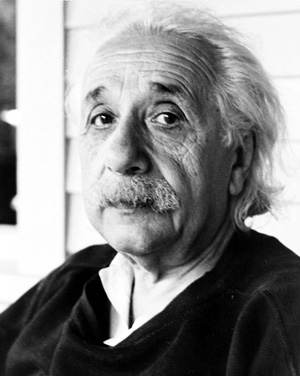 fundaram a Elektrotechnische Fabrik J. Einstein & Cie, empresa que fabricava equipamentos elétricos acionados por corrente contínua. Um ano mais tarde, nasceria sua irmã, Maria “Maja” Einstein.
fundaram a Elektrotechnische Fabrik J. Einstein & Cie, empresa que fabricava equipamentos elétricos acionados por corrente contínua. Um ano mais tarde, nasceria sua irmã, Maria “Maja” Einstein.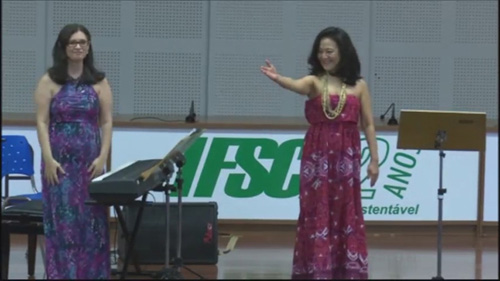
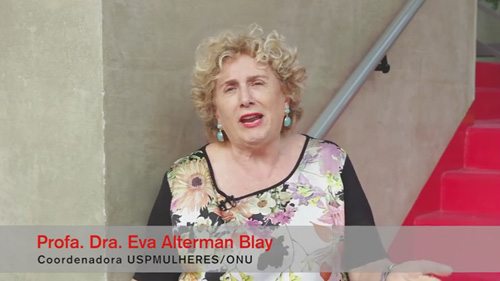
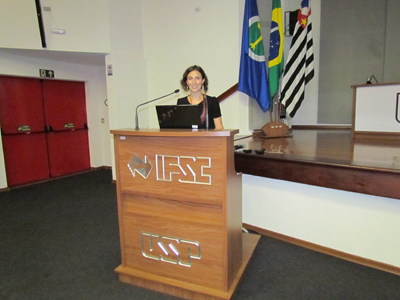

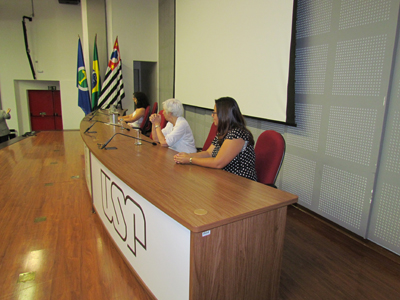
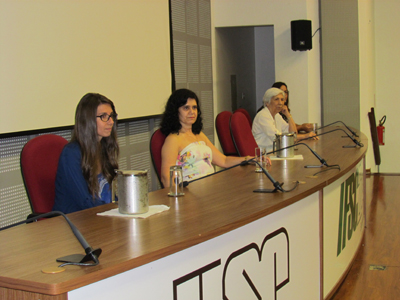
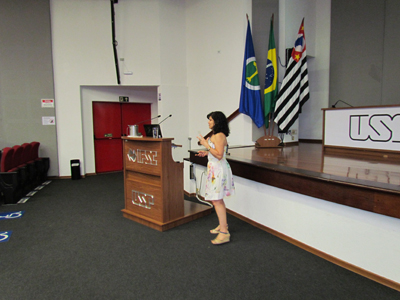
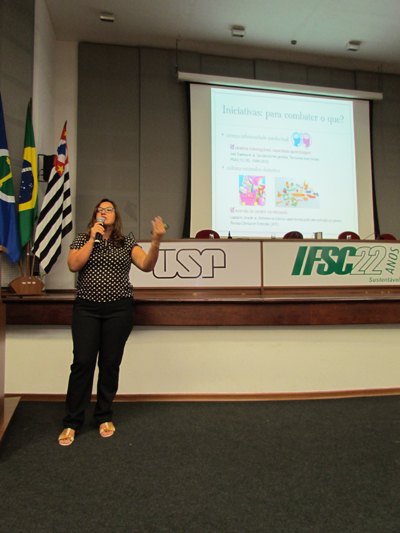
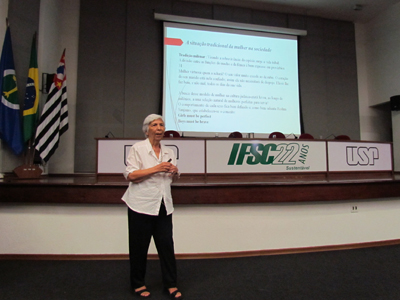
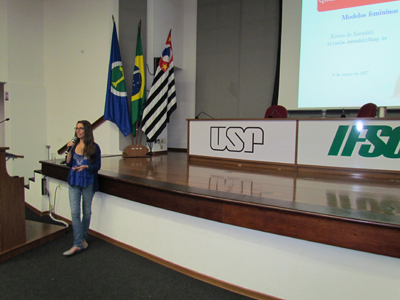
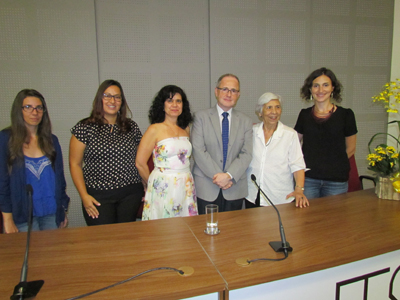
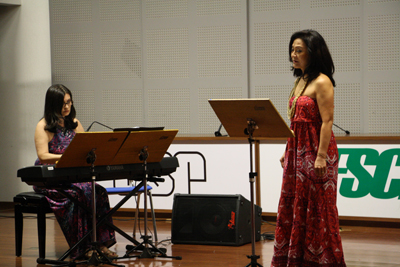
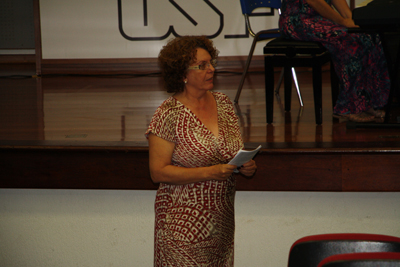
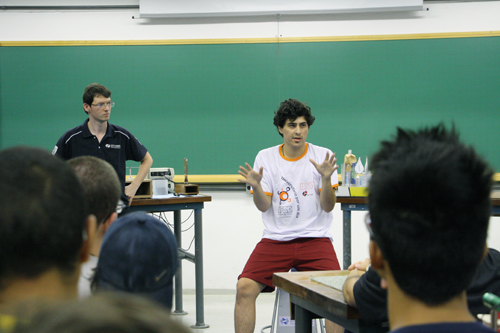
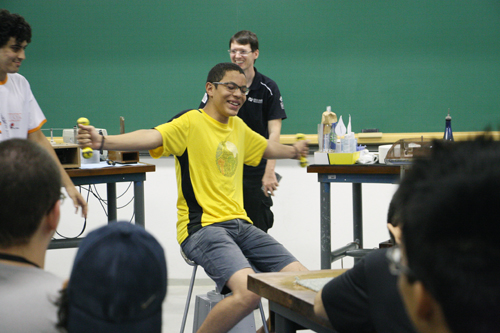
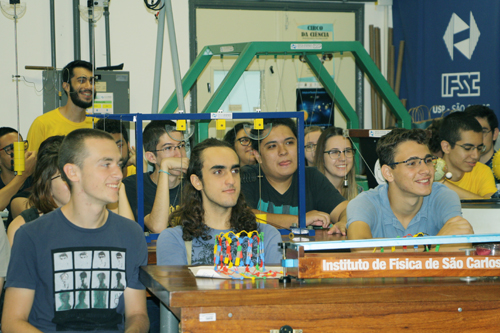
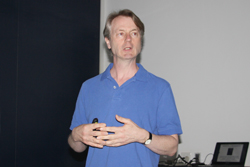 architecture of plant cell walls, que foi apresentado pelo docente e pesquisador do Departamento de Bioquímica da Universidade de Cambridge (Inglaterra), Paul Dupree.
architecture of plant cell walls, que foi apresentado pelo docente e pesquisador do Departamento de Bioquímica da Universidade de Cambridge (Inglaterra), Paul Dupree.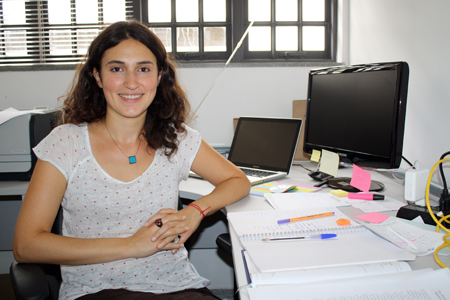 A escolha pela pesquisa na área de cosmologia e astrofísica veio no final da graduação. “Foi nesse momento que eu precisava escolher um orientador para a pós-graduação. Mas foi desde meu segundo ano de graduação que comecei a me interessar pelas coisas ‘infinitamente pequenas’, e foi quando optei pela física de partículas, em particular na área de detecção de neutrinos astrofísicos”, relembra.
A escolha pela pesquisa na área de cosmologia e astrofísica veio no final da graduação. “Foi nesse momento que eu precisava escolher um orientador para a pós-graduação. Mas foi desde meu segundo ano de graduação que comecei a me interessar pelas coisas ‘infinitamente pequenas’, e foi quando optei pela física de partículas, em particular na área de detecção de neutrinos astrofísicos”, relembra.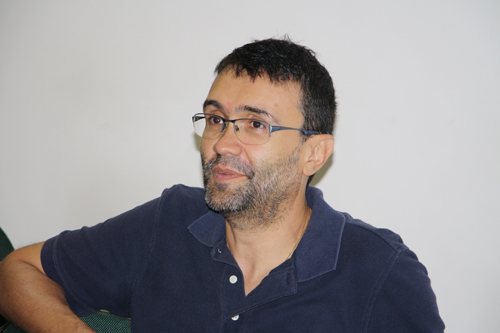
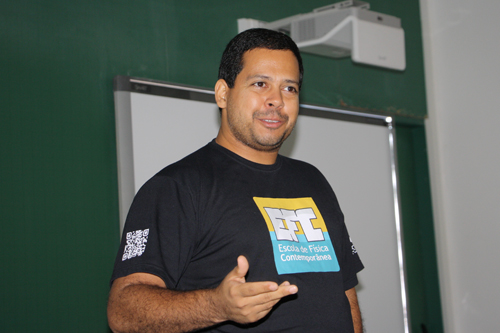
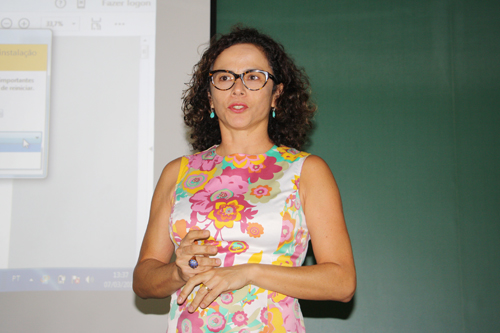

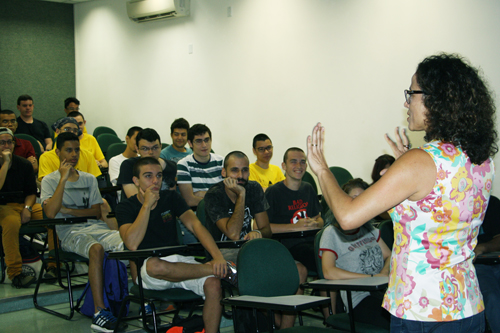
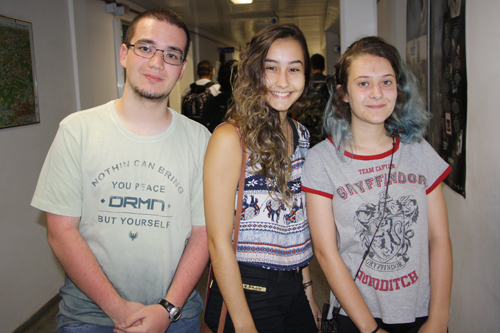
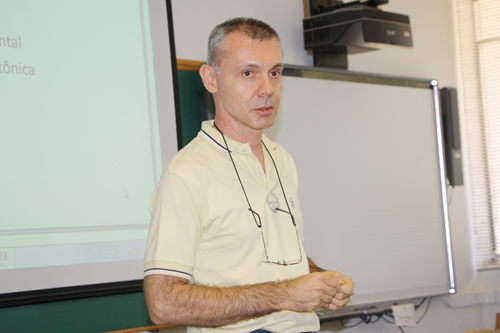
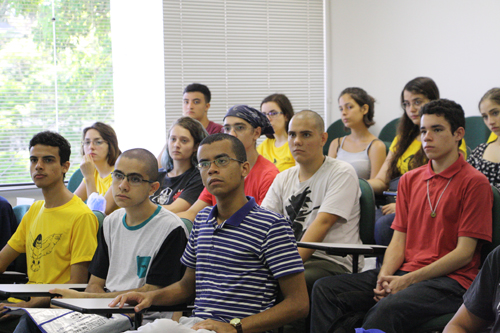
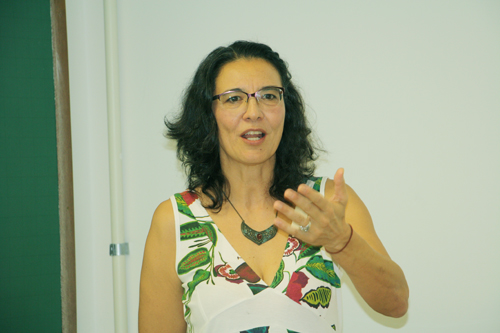
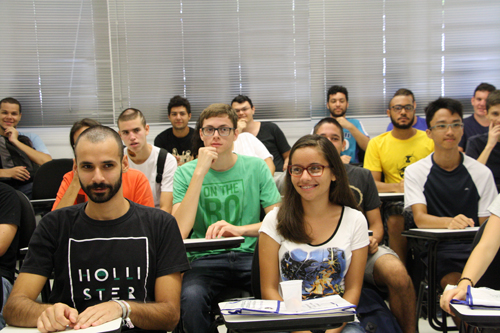
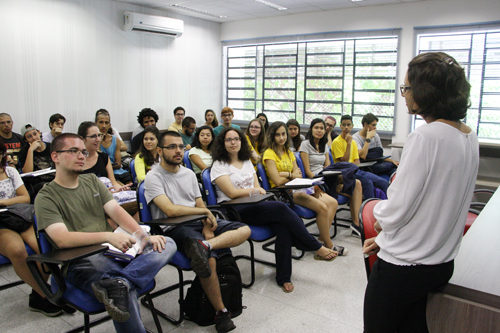
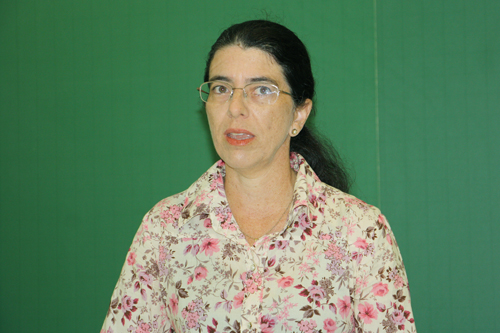
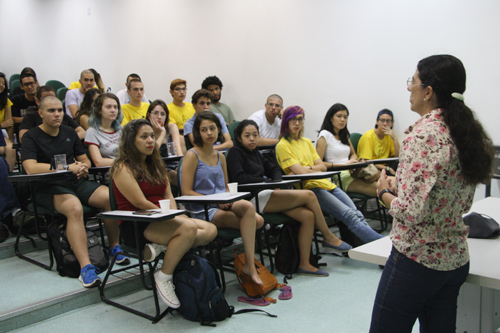
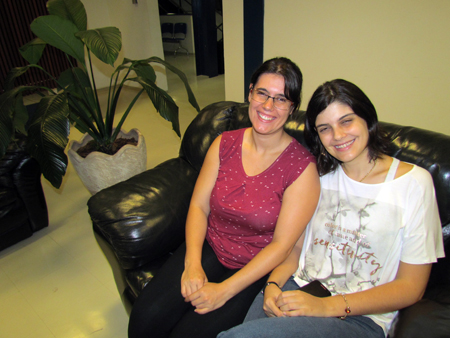 Embora tenham optado por uma área de pesquisa dominada pelo mundo masculino, felizmente nenhuma das estudantes ouviu aquela desconfortável frase “isso é coisa pra homem!”. Muito pelo contrário! Ambas tiveram grande incentivo da família para seguirem as carreiras que tivessem maior afinidade e paixão, sejam elas quais fossem. “Mas, realmente, durante meu colegial, sempre foram os meninos que escolheram cursos nas áreas de exatas, enquanto as meninas caminhavam mais para as humanas. As meninas de minha turma nunca se interessaram pelas aulas de física”, recorda Mariane. “Mas acho que o que determina a escolha de nossa carreira é a facilidade que temos nas disciplinas, e minha facilidade e gosto pela área de exatas desde sempre é a prova disso”.
Embora tenham optado por uma área de pesquisa dominada pelo mundo masculino, felizmente nenhuma das estudantes ouviu aquela desconfortável frase “isso é coisa pra homem!”. Muito pelo contrário! Ambas tiveram grande incentivo da família para seguirem as carreiras que tivessem maior afinidade e paixão, sejam elas quais fossem. “Mas, realmente, durante meu colegial, sempre foram os meninos que escolheram cursos nas áreas de exatas, enquanto as meninas caminhavam mais para as humanas. As meninas de minha turma nunca se interessaram pelas aulas de física”, recorda Mariane. “Mas acho que o que determina a escolha de nossa carreira é a facilidade que temos nas disciplinas, e minha facilidade e gosto pela área de exatas desde sempre é a prova disso”.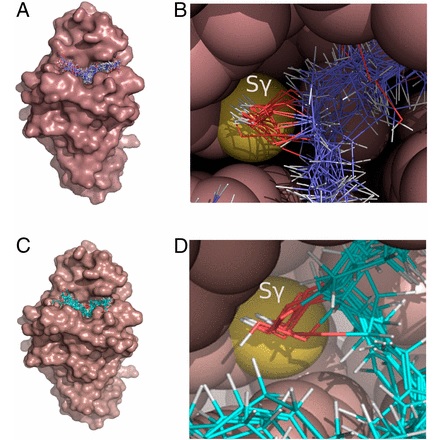

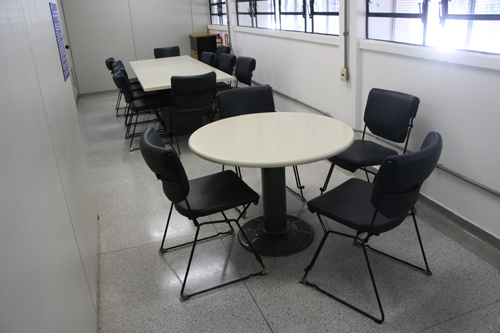

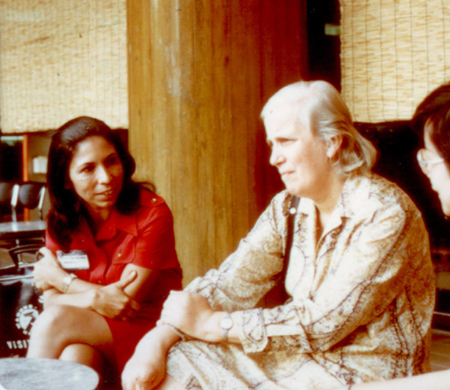 Pioneira nas pesquisas relacionadas à difração de raios-X, Yvonne atua fortemente na área de cristalografia e modelagem molecular. E quando se recorda de sua vida científica como um todo, a docente tem algumas histórias divertidas dos “bastidores” da ciência. “Na década de 1980, quando ministrei um curso no México sobre cristalografia, um dos presentes veio falar comigo no final, pois ele estava muito surpreso com o fato de eu, sendo mulher, estar falando sobre um assunto daquela natureza”, relembra.
Pioneira nas pesquisas relacionadas à difração de raios-X, Yvonne atua fortemente na área de cristalografia e modelagem molecular. E quando se recorda de sua vida científica como um todo, a docente tem algumas histórias divertidas dos “bastidores” da ciência. “Na década de 1980, quando ministrei um curso no México sobre cristalografia, um dos presentes veio falar comigo no final, pois ele estava muito surpreso com o fato de eu, sendo mulher, estar falando sobre um assunto daquela natureza”, relembra.